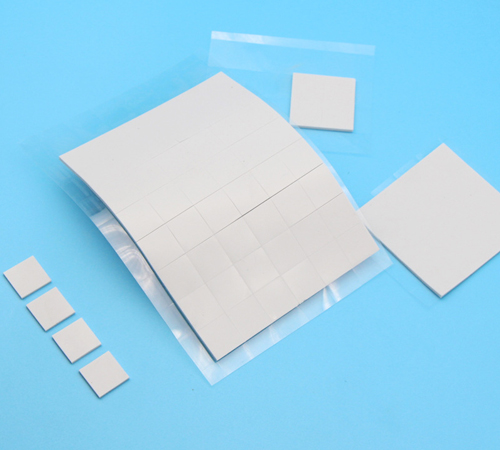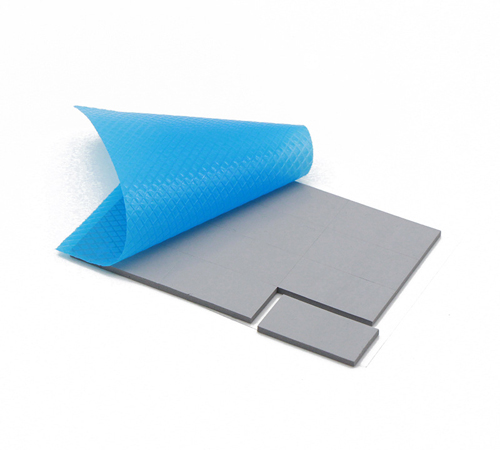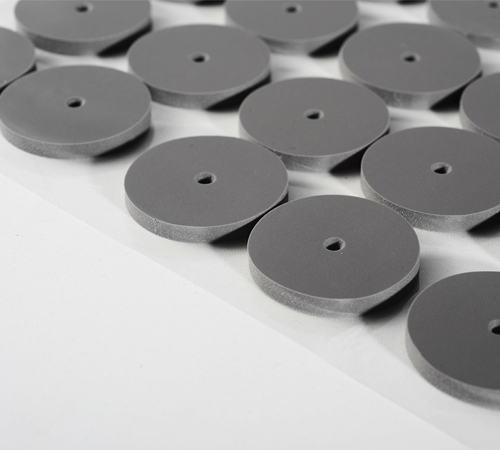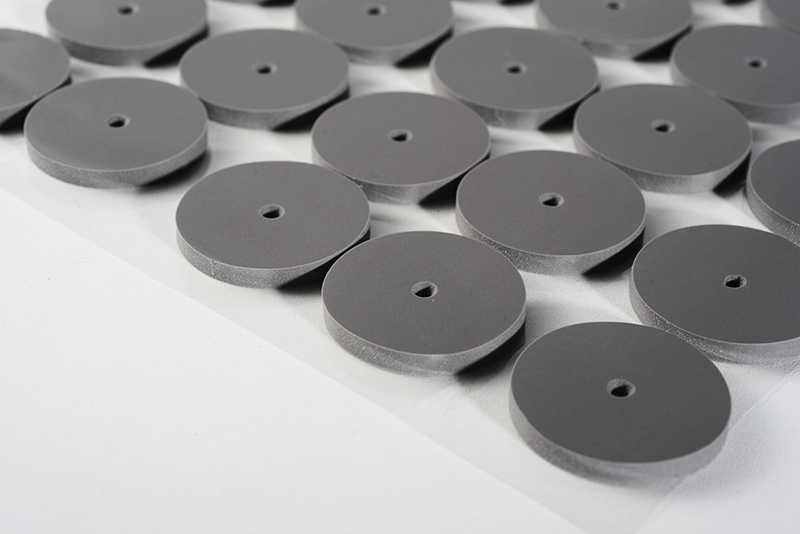
The choice of thermal silicon pad thermal conductivity is a very important link. It is directly related to the heat dissipation effect and performance of the product and the production cost of the product. The thermal conductivity is an important indicator for measuring the thermal thermal conductivity of the thermal silicon pad, which is usually represented by W/(m.K). So, when choosing the thermal conductivity of the thermal silicon pad, what factors need to be considered?
1. Application requirements:
Heat source power: Understand the thermal power of the device or component, and the heat dissipation requirements. High-power equipment usually requires a higher thermal conductivity coefficient to quickly and effectively transfer heat.
Temperature control target: evaluate the restrictions on the upper limit of the working temperature and the allowable temperature of the temperature. If the temperature is needed to ensure the performance or life of the equipment, you should choose a product with higher thermal conductivity.
Heading path: Considering the location and role of silicon pad in the cooling solution. If it is the main thermal transmission medium, it is more beneficial to choose a high-heat conduction product; if there are other high-efficiency cooling components (such as radiator, fan, etc.), you can choose a silicon pad with a lower thermal conductivity.
2. Working environment:
Work temperature range: Make sure that the selected silicon pad can maintain good thermal conductivity performance within the temperature range of the equipment, and will not affect contact with aging, failure or low temperature due to high temperature.
Environmental conditions: Considering whether there are special conditions such as humidity, chemicals, vibrations, and impacts, these may affect the choice of silicon pad, including the requirements of weather resistance, chemical resistance, and mechanical stability.
3. Physical characteristics and compatibility:
Thickness and compression: The silicon pad should adapt to the gap between the thermal source and the radiator. It has appropriate thickness and good compression to ensure full contact to reduce thermal resistance. Products of high -conducting coefficients may be more flexible in thickness selection.
Adhesive performance: Select appropriate viscosity according to whether it is required for permanent fixation or easy to disassemble. Although the heating coefficient of strong stickiness or toughness may be slightly lower, it can provide better stability or adapt to complex installation conditions.
Electrical insulation requirements: Confirm the insulation strength required for silicon pad to prevent short -circuit or electrical breakdown. Different applications may have different insulation requirements to ensure that the selected products meet the safety standards.
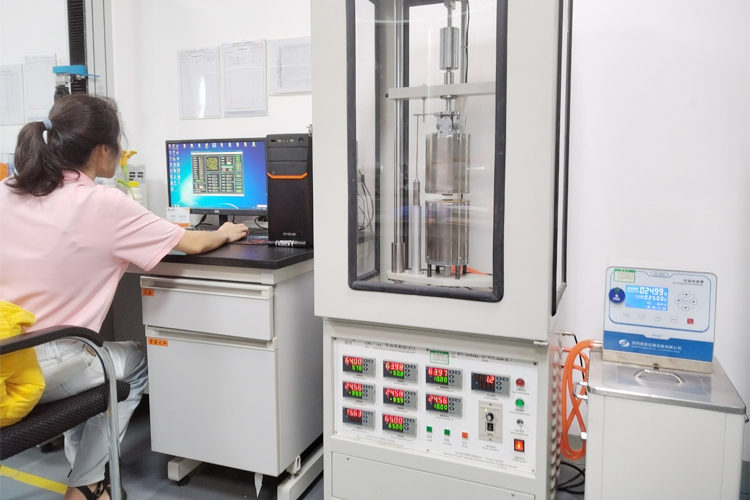
4. Test and standard:
Test method: Understand the heating coefficients of the product based on which test standards are determined, such as ASTM D5470, ASTM E1461, etc., to ensure that the test conditions are matched with the actual application environment in order to accurately evaluate its actual performance.
Manufacturer data: Trust the data provided by well -known manufacturers, and pay attention to whether there are third-party certification or laboratory test reports to verify the thermal conductivity and other performance indicators.
Based on the above factors, the steps of selecting thermal silicon pad can be summarized as:
1. Clarify thermal management goals: determine the thermal design requirements of the equipment, including maximum heat flow density, allowing temperature rise, working temperature range, etc.
2. Evaluate the conditions of working conditions: Analyze the working environment of the equipment, installation space, mechanical stress, electrical requirements, etc.
3. Filter product: Based on the above information, select silicon pad products that meet the requirements from parameters such as thermal conductivity, thickness, viscosity, and insulation performance from the market.
4. Comparison test standards and performance: Comparing the test methods, standards and performances of different brands or models of silicon pad, and the performance in practical applications, prioritize the product that has reliable test data support and closest to actual application.
5. Sample testing or reference application case: If possible, conduct small batches of trial or reference to successful cases of similar applications, and verify the heat dissipation effect of the selected thermal silicon pad in practical applications.
In short, the thermal conductivity of the selection of thermal silicon pad should be guided by actual application needs, taking into account the working environment, physical characteristics and testing standards to ensure that the selected products can effectively and reliably achieve the thermal management goals under specific conditions. At the same time, in order to ensure the performance and quality of thermal silicon pad, it is recommended to choose the products produced by regular manufacturers, and install and use them in accordance with the suggestions provided by the manufacturer. If necessary, consult the Nfion professional thermal management engineer or work closely with the technical team of Nfion's heat conduction, and can get more accurate selection suggestions.


 CN >
CN >
